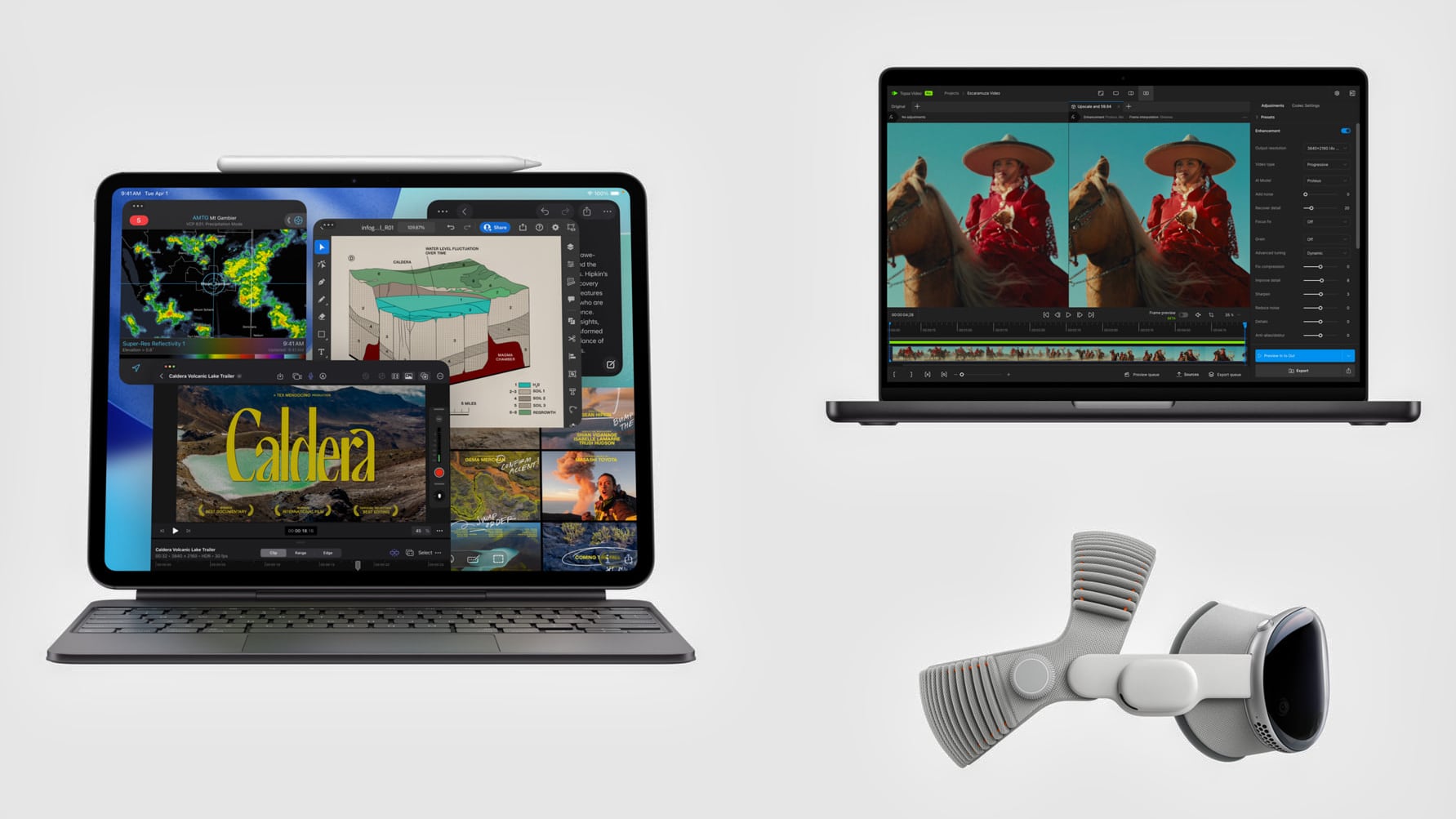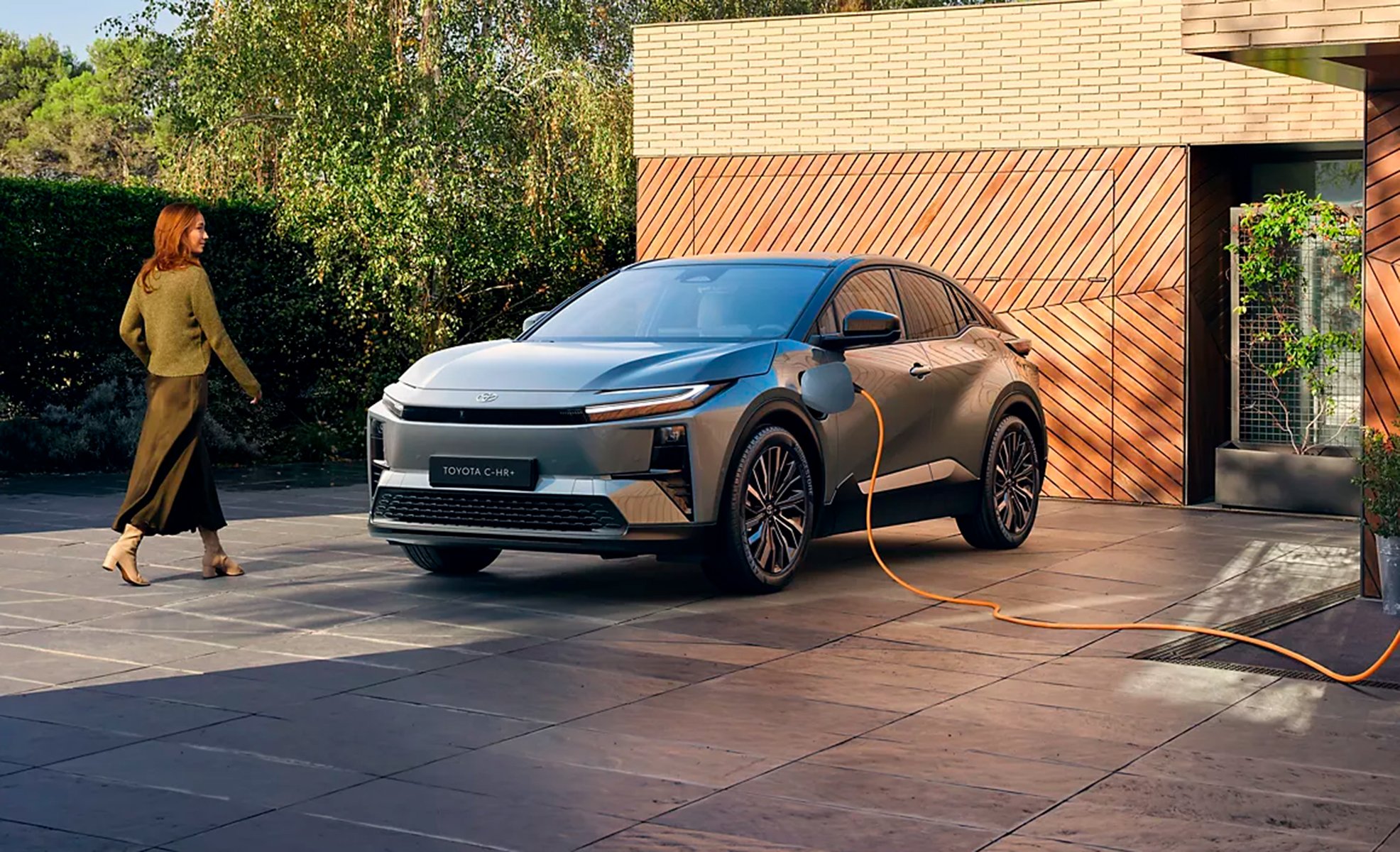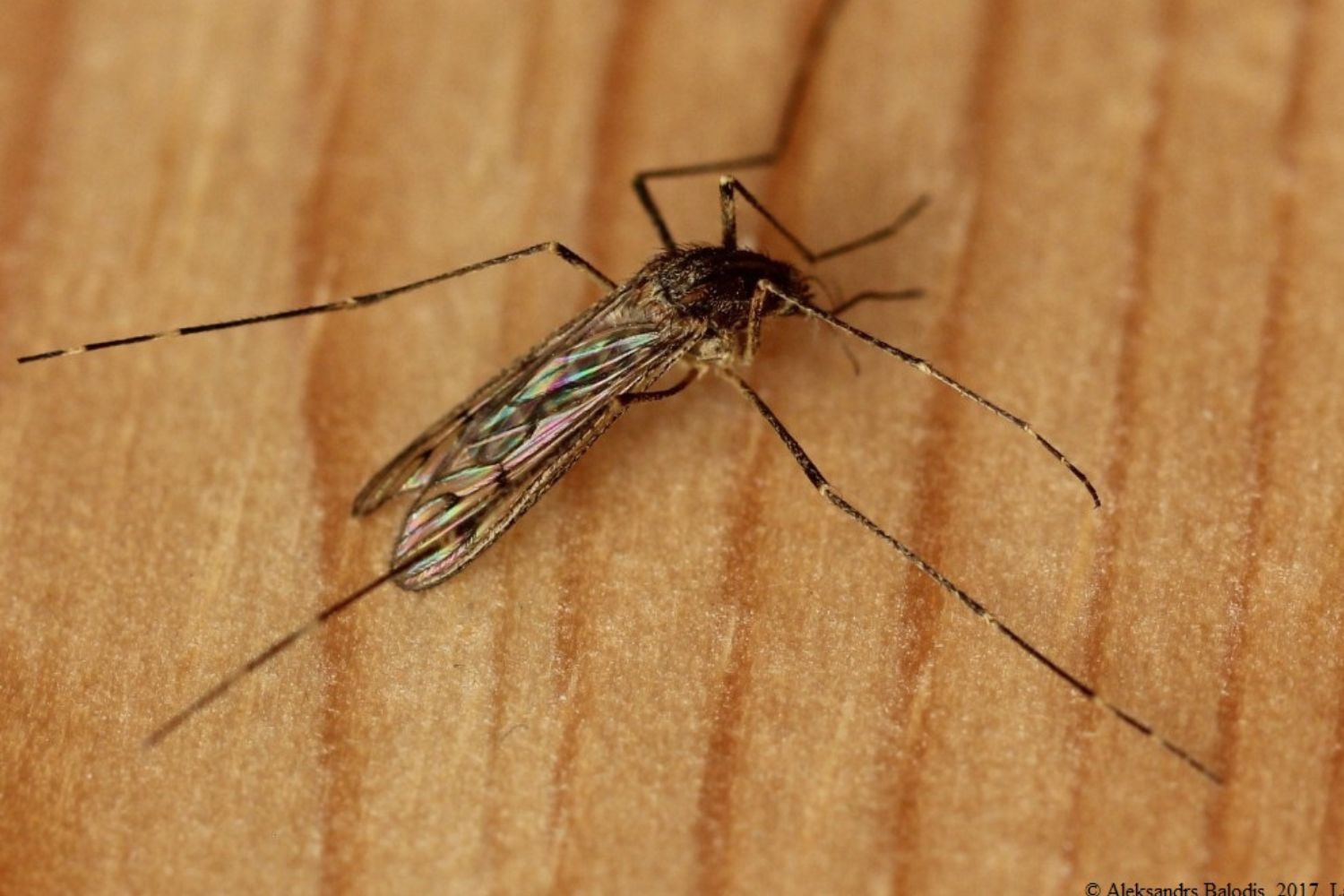Technology and cars they have always gone hand in hand. Vehicles that are becoming ever safer, more automated and services and benefits. Added to this is the introduction of electric vehicles and automatic driving. But rarely have we been as close to the promise of futuristic fiction as we are now. All with an end. Save lives by avoiding traffic accidents. In the near future, ADAS systems that automate many processes and make driving safer. And in the more distant future, in 2026, cars plying on Spanish and European roads will become connected to the network and share information in real time. Thanks to DGT 3.0 (Data for road safety), a project of the General Directorate of Road Traffic with several European agencies.
concept of something connected car it was just a theory. The promise of a dream future where your car receive and send data real-time information about your location, the position of other drivers, emergencies or incidents. Vehicles connected to sensors installed along roads and highways that send and receive information so that authorities can quickly respond to traffic jams or accidents. concept of something smart things applies to driving. The road is like an interconnected network in which thousands of devices power each other so that everything flows right.
Also. We have worked for many years to make this promise a reality. And technologies such as 5G, big data or edge computing in a few years they will make it possible to connect cars to the road network. And information exchange. So you will avoid traffic jams, accidents, turn in the wrong direction and reduce fuel consumption. Or electricity if you drive an electric car.
One platform to connect everything
His name in Spain DHT 3.0 or DGT 3.0 Connected Vehicle Platform. In Europe the project is known as Data for road safety. In Spanish, traffic safety data. It involves car manufacturers and transport agencies from the UK, Belgium, Luxembourg, Germany, Austria, the Netherlands, Finland and Spain. Manufacturers include names such as Audi, BMW, Ford, Mercedes, Volvo and Scania. An ambitious project to create road ecosystem safer. And in which more than 3,500 million euros were invested.
Between June 2019 and October 2020, the first demonstration of this ecosystem was launched. In practice, the vehicles involved send millions of messages back and forth. Messages related to accidents, damaged vehicles, slippery roads due to storms, poor visibility, or exceptional weather conditions. Information that help the driver take precautions. And the authorities should be on the lookout. Also to ensure that the infrastructure is in the best possible condition. And if all goes well, then in 2025 he will start his implementation in cars and roads so that in 2026 everything works coherently.
But what exactly does it consist of? DHT 3.0? This is the name of the platform that should centralize the connected system of which they will be a part. roads, cars and authorities. To make this possible, it is necessary that the infrastructure and the vehicles that pass through it integrate sensors and devices. That they will communicate over 4G or, even more so, over 5G. A mobile data technology that many of us already use on our phones to watch crop-free videos or make high-definition video calls. With low latency and high speed. And that sooner or later it should be on all types of devices such as traffic signals Hey road lighting.

What information will DGT 3.0 transmit
The ultimate goal of the project Data for road safety is to achieve zero fatalities, zero injuries, zero congestion and minimize CO2 emissions and other polluting gases. Hence the importance of DGT 3.0, which will benefit both drivers and bystanders and society as a whole. To do this, the information to be transmitted cars and infrastructure following:
- Third Party Incidents: car stopped, tow truck on the road, accident, traffic closure, traffic-changing events, adverse weather…
- Infrastructure works: traffic blocked, affected lanes, work in progress…
- information forecast V2V (V2C) sensors: fog lights, wipers, warnings…
- Message Variables such as detours, alternate routes, reversible lanes, delays…
- Traffic lights: real-time status, phases, intersections…
- Signals B-16: News emergency lights B-16which replace triangles from July 2021. They should be connected to DGT 3.0 when it is implemented and thus automatically inform other vehicles in addition to being visible from a distance.
As we said in the previous section, all this information is collected from sensors built into the system. road or road infrastructure and in the vehicles themselves. Once collected, it will be sent to the parties concerned, both the authorities involved and the vehicles themselves. In practice this receive real, accurate and instant information directly from the sources involved and whether you have a GPS device and/or a smartphone or a car with Google Maps or Apple Maps. Moreover, the DGT 3.0 platform will be compatible, and these applications will be able to use its data. The more information the driver and his car have, the more careful and correct decisions they will make on the road.
And if you’re worried about your privacy or your pocket, two good news. DGT 3.0 is a platform whose services will be free. Of course, what will incur costs will be adaptation of your car to the necessary requirements for connecting to the platform. Something that drivers are already partly doing, adapting to the new rules for ADAS systems. On the other side. The data exchanged in this 5G ecosystem will be anonymous and limited to this only. strictly relevant information for road safety.

How can DGT 3.0 help me?
More positive news. For DGT 3.0 to work, roadside assistance vehicle operators will need to report location damaged vehicle. Information you will receive in your vehicle. You will also be informed when ambulance on the way participation in an accident. And if any public road is cut or works are carried out, infrastructure operators must tell cloud DGT that this information reaches drivers in their vehicles in sufficient time to avoid traffic jams or sudden shutdowns. Planned works and affected kilometers. This also affects sports events.
and at the level environmental. When exchanging information between different authorities low emission zones, cars will receive warnings if they comply or do not comply with current regulations in order to look for alternatives in advance. Instead of finding out, late and bad, because of a fine, because of the news in the press or because of a WhatsApp message.
Definitely. Near centralize all information what is scattered today or what is not directly reported. Either because the appropriate technology is not being used, or because there is no obligation to report anything in a timely manner. Thanks to the DGT 3.0 platform, any driver and relevant authority will be informed in real time and/or in advance. avoid congestion, cuts, accidents or adverse situations.
Source: Hiper Textual













